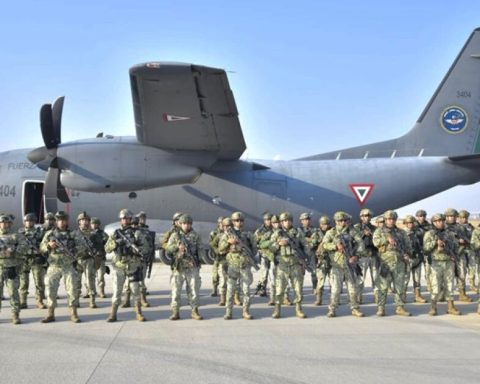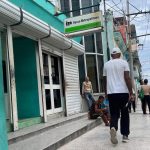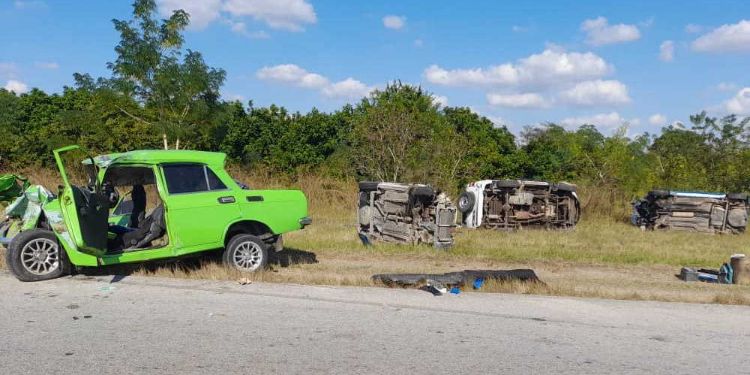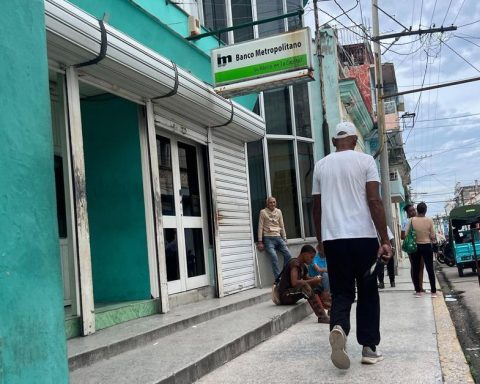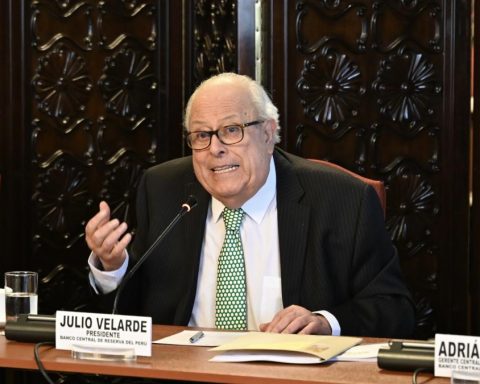h
29 years have passed since armed uprising of the Zapatista Army of National Liberation (EZLN). Difficult, share a detailed account of your walk and your contributions. I’ll just note some signs. In the first place, his adherence to the unilateral ceasefire decreed, 12 days after the uprising, by the then President of the Republic Carlos Salinas de Gortari, which was torn from him by the massive citizen mobilization in Mexico City. It is the EZLN’s merit to have resisted the numerous provocations, such as the one on February 9, 1995, which was practically a declaration of war by then President Ernesto Zedillo and in the face of which, once again, social rejection, not only in Mexico, led to the Law for Dialogue, Reconciliation and Dignified Peace in Chiapas, whose framework served to sustain détente and open a dialogue process that generated in the first instance the still unfulfilled San Andrés agreements.
These agreements are precisely the expression of the great pact of the EZLN with the indigenous peoples in the country. The EZLN’s decision to invite them as advisers and participants at the negotiating table with the federal government, in addition to being the first time in history that this happened, opened a long-term path that was expressed in the creation of the National Indigenous Congress in 1996. This link has been maintained and strengthened beyond borders and today it is one of the pillars of the struggle for life with and between the peoples of the world that materialized in the journey for life, the first chapter in Europe.
And in this a parenthesis: it soon became evident that the demands of the indigenous peoples in structural logic, not folkloric and culturalist, as the Mexican State wanted, entails a questioning of the capitalist system and that it affects all the peoples of the world. This is how the explicitly anti-capitalist character of the EZLN came to be. This process is observed in the successive declarations of the Selva Lacandona. Along this path, an organizational and territorial scaffolding was also built from its first days with the recovery of land, the creation of autonomous municipalities and almost a decade later the snails and the good government boards. This last stage took place in the context of the indigenous counter-reform of 2001, which marked the turning point of the today indefinite suspension of dialogue with the federal authority, but also in the decision to assume as its law the unfulfilled agreements of San Andrés and in the facts establish their autonomy. Although this experience has its territorial seat in Chiapas, it has been an example in the rest of the country to organize the fight against dispossession and rampant extractivism. And in all of this, the unrestricted decision to reject a relationship with the government through funds or scholarships of different types has been maintained. To sustain it, they have put community projects into practice and have woven solidarity networks on an international scale. The journey, it was well said, is the accompaniment, in this case in Europe, to the organizations that confront capitalism there. Expression of reciprocity.
Throughout its time, the EZLN has maintained diverse political expressions and has given special importance to the anniversary date of January 1. For various reasons, the most recent ones have varied their forms and messages. The one in 2019 was very strong because there, in the voice of the subcommander moses A critical position was expressed to the government of the so-called 4T, to the megaprojects such as the Mayan Train that had already been announced and in general to the policy that was outlined in relation to indigenous peoples. A similar position has been followed by the National Indigenous Congress. In 2020 the fight for life was announced and until now a central political act has not been carried out as before. However, it is important to read the Zapatista keys. This January 1, 2023, starting on December 31, 2022, mass meetings were organized in each snail Zapatista, in general they were closed without access to the press. A first important message was to show here we are, here we continue
in a context of constant threats and attacks exacerbated just in times of the current state and federal government, which has been the subject of complaints, but the strongest was the statement called Chiapas on the verge of a civil war
. Another of the political messages of the celebration events was to address the new generations, to the importance of the young Zapatistas (Chiapas Paralelo, on the snail Jacinto Canek Cideci, Angeles Mariscal 1/1/23). On the other hand, there have been references to the Guacamaya reports on the EZLN, where, among many factors, they recognize that the EZLN has remained on the political path, for which reason they do not consider it a national security risk ( counter line, 1/2/23, one by Zósimo Camacho and another by Urbano Barrera). The EZLN is not and the opposition to the Mayan Train is?

